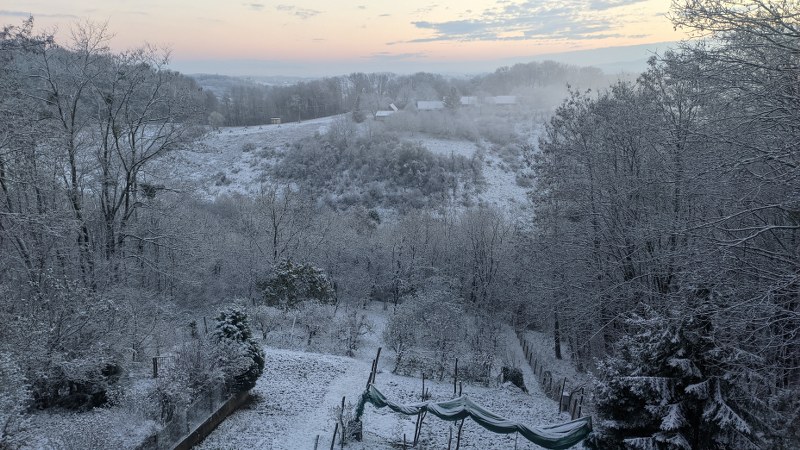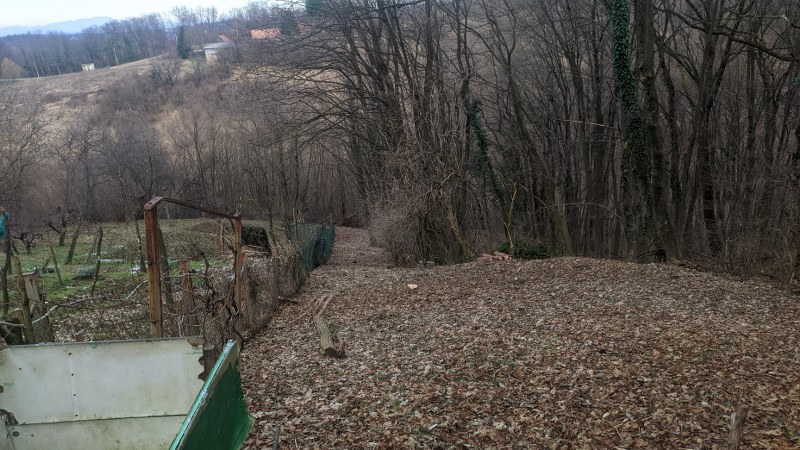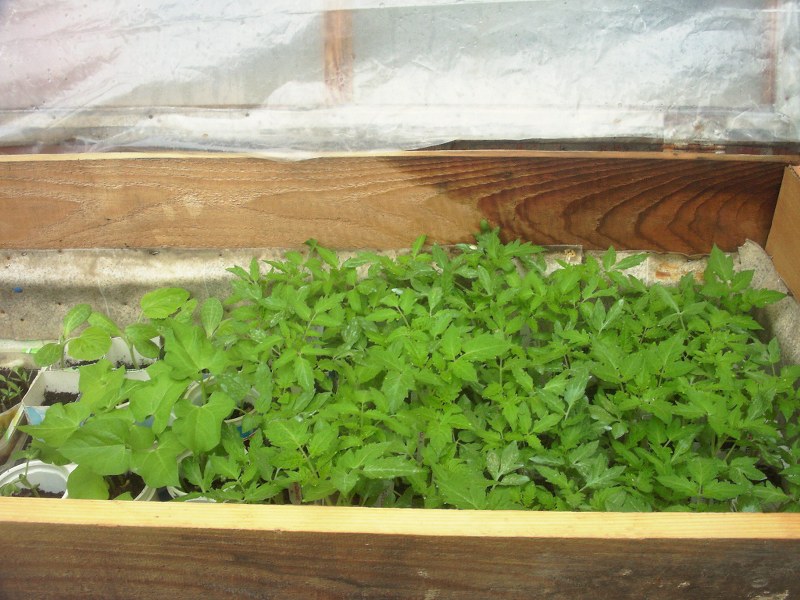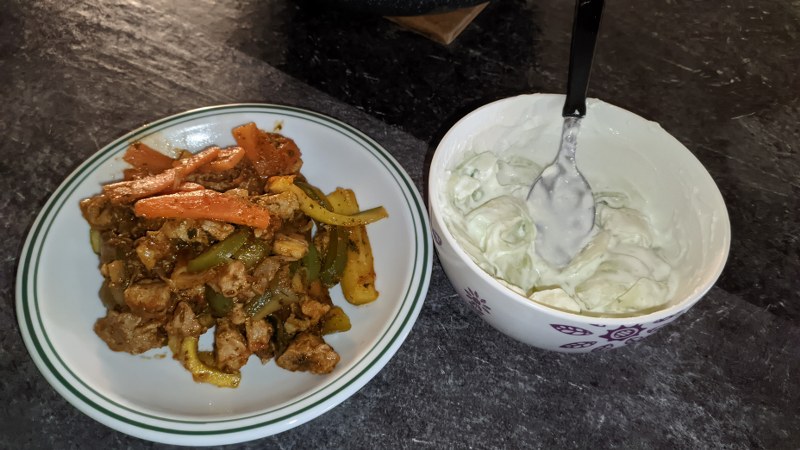January, although the coldest month in many countries, can bring us surprises and warm weather. Should we use it and start sowing or do we wait?
Garden sowing in a forest garden
Owning a forest garden can be a much more complicated task than owning a “normal” garden. Although when we think about a forest garden we imagine a summer retreat with cozy temperatures and secure space from the wind and storms, this isn’t always the case. The biggest issue in a forest garden is the shade and the cold that comes with that shade.
My garden is surrounded by forest from 3 sides and we can only get enough sun during the summer. Spring and fall sun is too low on the horizon to come through the forest. This is why garden is without sun for almost 4 months. Growing vegetables in these conditions is difficult due to the lack of sun and heat. The garden is usually warming up slower than the gardens in the open space, and vegetables grow much slower.

For this reason, I start my vegetables in containers and transplant them to the garden once the garden heats up. But does that mean that I don’t sow anything during the cooler months? Absolutely not. Forest is a perfect protection against damaging winds and drastic temperature changes. In a forest garden chances of premature germination and flowering are almost none. I can sow many of my vegetables in autumn and winter, and they will germinate when the garden gets warm enough. Of course, provided the snow doesn’t stop us from actually entering the garden.
What can we sow this early?
January’s sowing calendar mostly depends on the area in which we live. In a mild climate, we can start sowing everything that doesn’t freeze in mild below-zero temperatures. The vegetables such as carrots or beets might germinate very slowly, but they will not mind the possible spring frost. Lettuces, chard, and spinach are also great starting vegetables.
But, when you live in an area with colder winters you need to choose vegetables that don’t mind the frost. Especially if the winter is harsh. Luckily there are still some vegetables that can be sown during the period of milder weather and unfrozen soil. Onions and garlic are one of them. Bulbs or seeds won’t mind the cold. They will not freeze in the winter weather, and as soon as it gets warmer they will start growing.
Broad beans can also be a great early vegetable. With their low germination temperature(10°C/50°F) they are perfect for an early first crop. Also, they don’t mind the frost or the snow. If the temperature drops too low they will just stop growing and wait for better conditions.
Sowing in holes or rows
What I do recommend for early sowing, is sowing in rows. Although usually we read about sowing beans, carrots, beets, and peas in holes, using 3-5 seeds, I prefer to sow them in rows. Sowing vegetables in rows will make them support each other during bad weather. Plants will be more resistant to wind and strong rain. Also, when there are more plants in one spot they will shield their roots with their leaves. This can help the soil stay moist during dry periods, and keep the frost away from the roots.

Beans and peas don’t require thinning out and can be fully grown in big rows, while carrots and beets require thinning out of the plants. This can be done easily and plants can be used as baby greens. Still, if sowing in rows, the soil should be prepared well and lump-free. Multiple plants can lift the entire surface of the lumpy soil when germinating, leaving the roots completely exposed. Also, the harvest of row-sown beans and peas can be trickier as they are more difficult to spot. Especially when it comes to pencil-shaped beans.

January sowing in my garden
As I said before, the chances of early sowing in my garden depend mostly on the snow. This year there is no snow here and the temperatures are pretty high, so I used this chance to do some early garden sowing. A few months ago, I’ve decided to make a few new beds in my orchard. Since the garden was just too dry, I didn’t manage to dig as much soil as I wanted to, but I have enough for a test ride.

I’ve used this part of the garden to plant my onions. This year I bought yellow and white onion varieties. Both should work well in my garden. I chose the shaded part of the orchard for my onions since I already have wild onions growing here. I’m guessing if the wild ones like it here, maybe the normal ones will too. Also, onions are right now the only thing I feel confident growing in the orchard since I’ve seen deer jumping over the fence and entering the garden. I will need to raise the fence before planting anything else in the garden. But, since it was also time to start broad beans, I decided to sow them in the side garden. The side garden is protected by a different fence. Right next to the house and Srećko walks around it, so there is no chance of a deer visit.

While I was sowing broad beans, I also started some peas, although it is still a bit early for them. As I said, this winter is unusually warm here. There is absolutely no frost, so I decided to go and sow them anyway. Since this bed is close to the house, and just a couple of steps from my gardening equipment basement, I will be able to protect the peas if we get any bad weather. Although the way things are going I seriously doubt we will have any. Soon we’ll see how the January sowing will pay off.






Leave a Reply